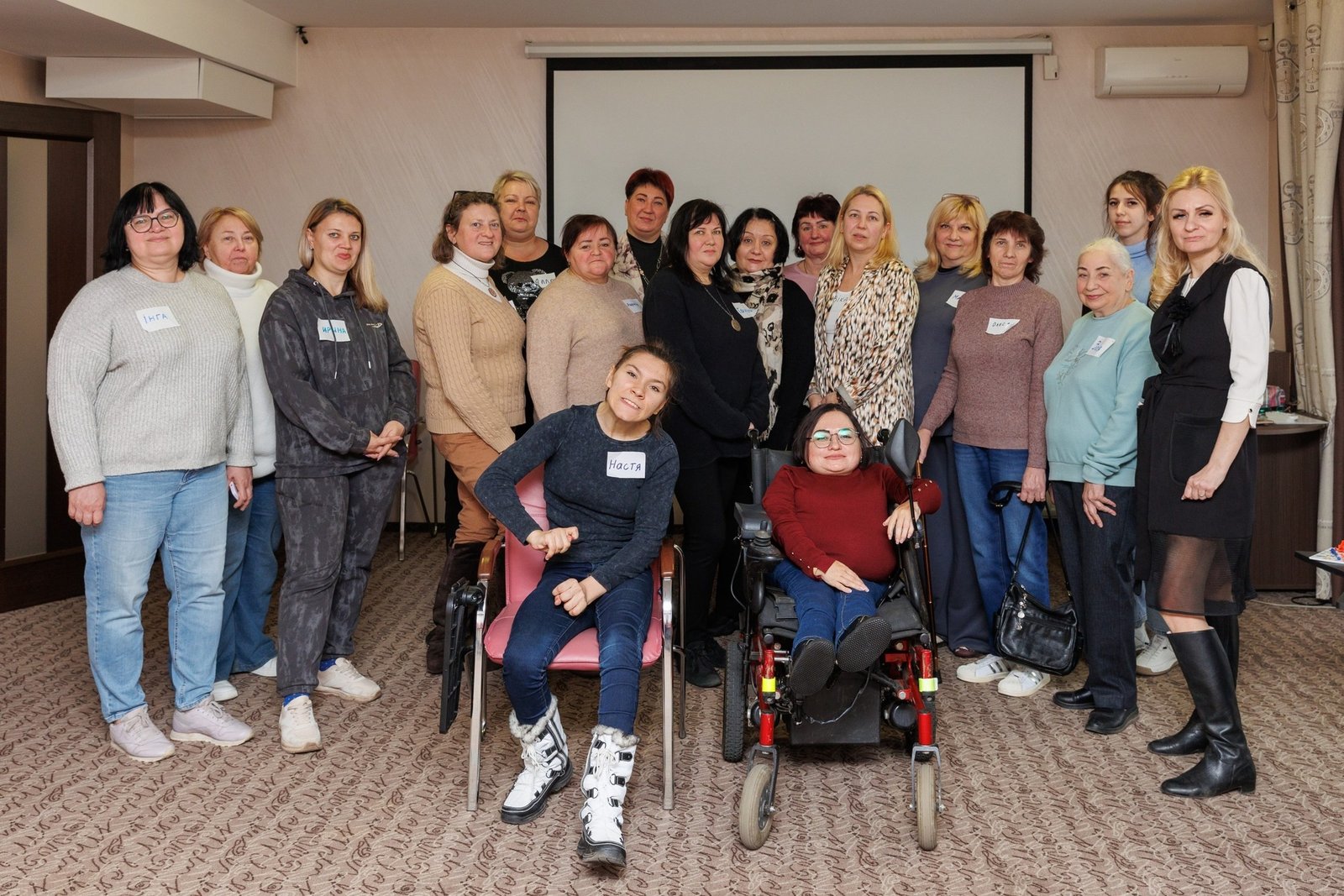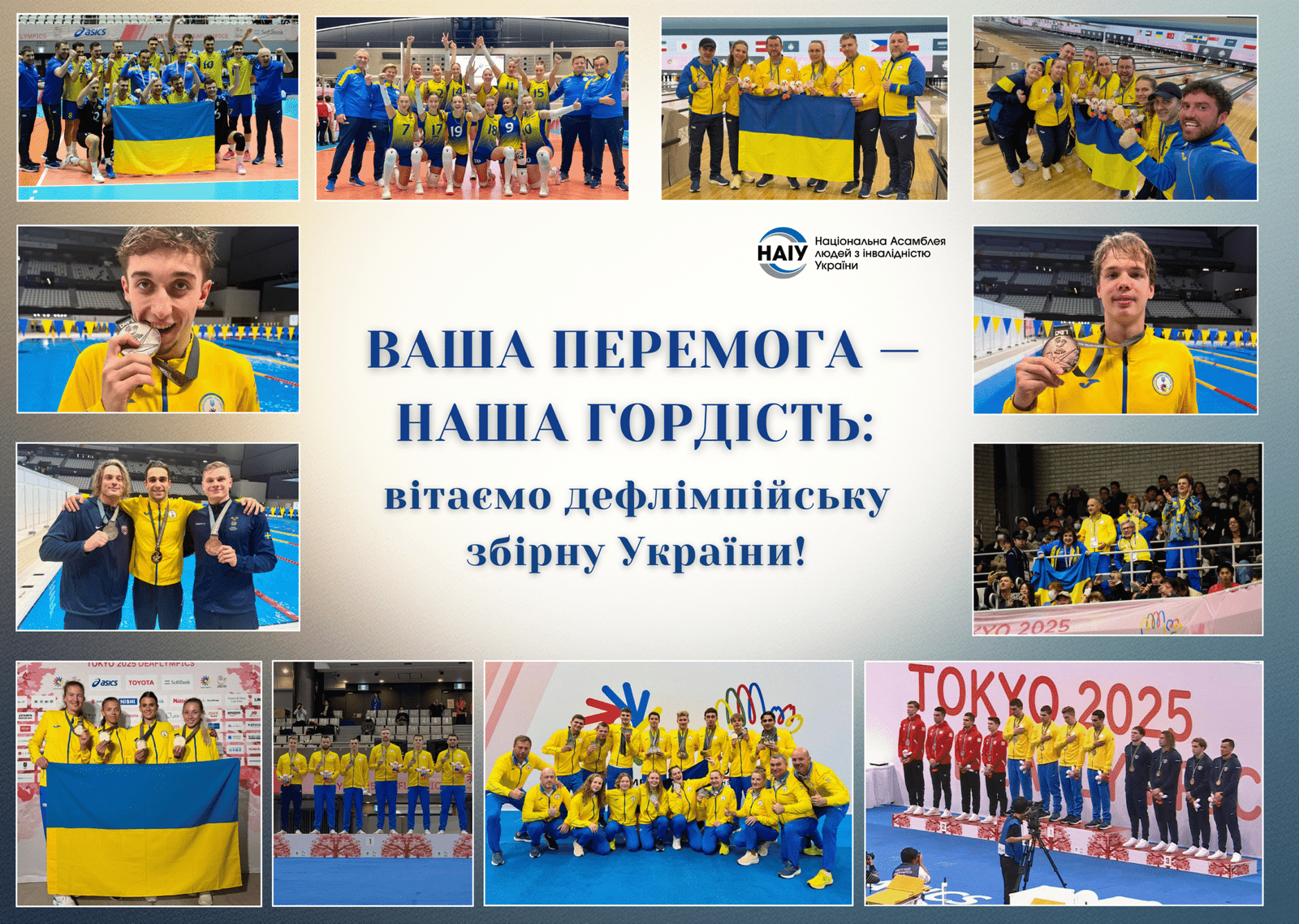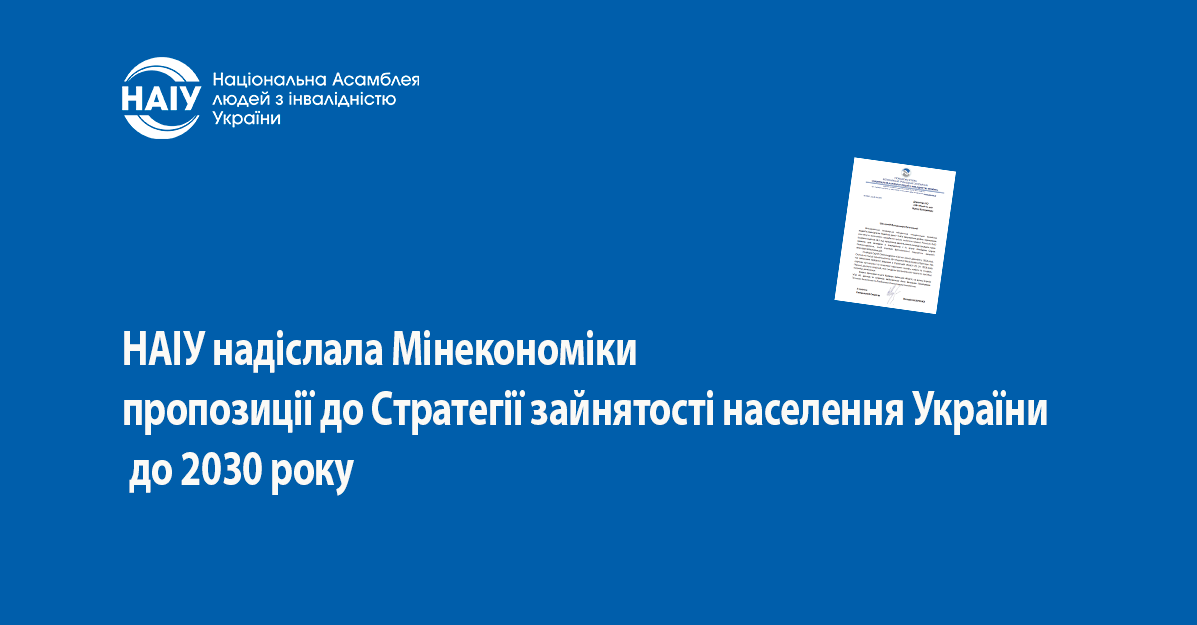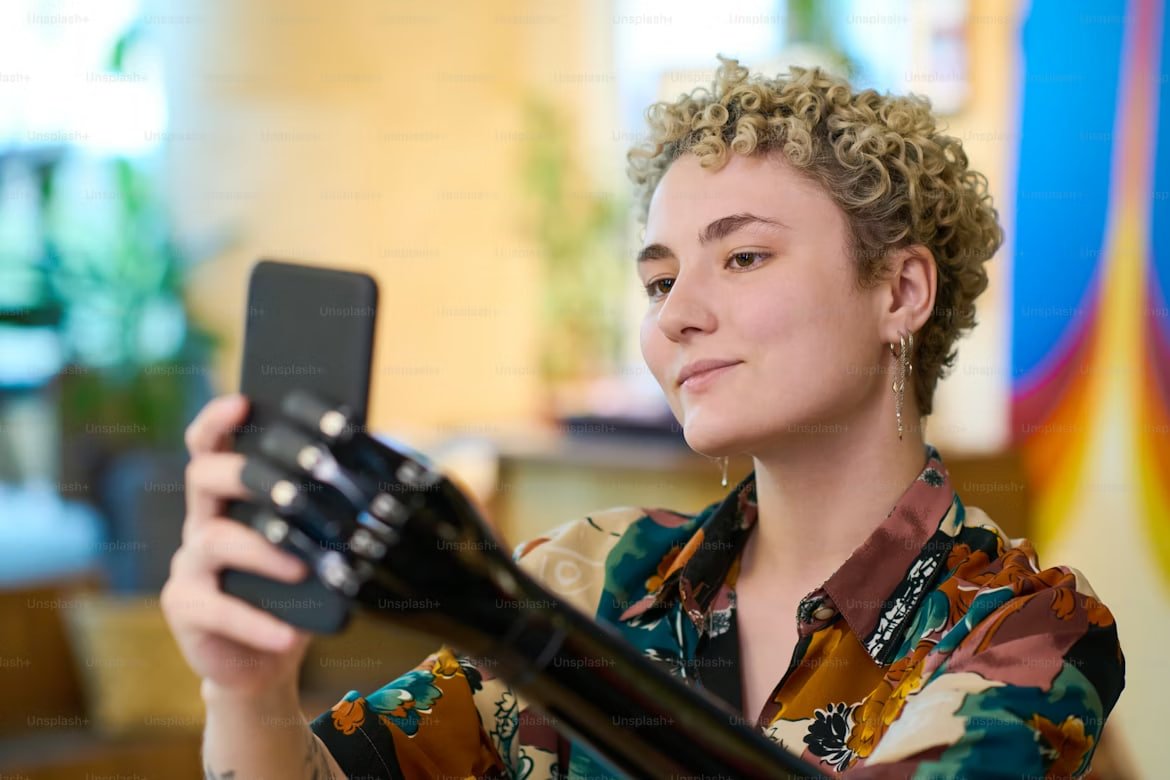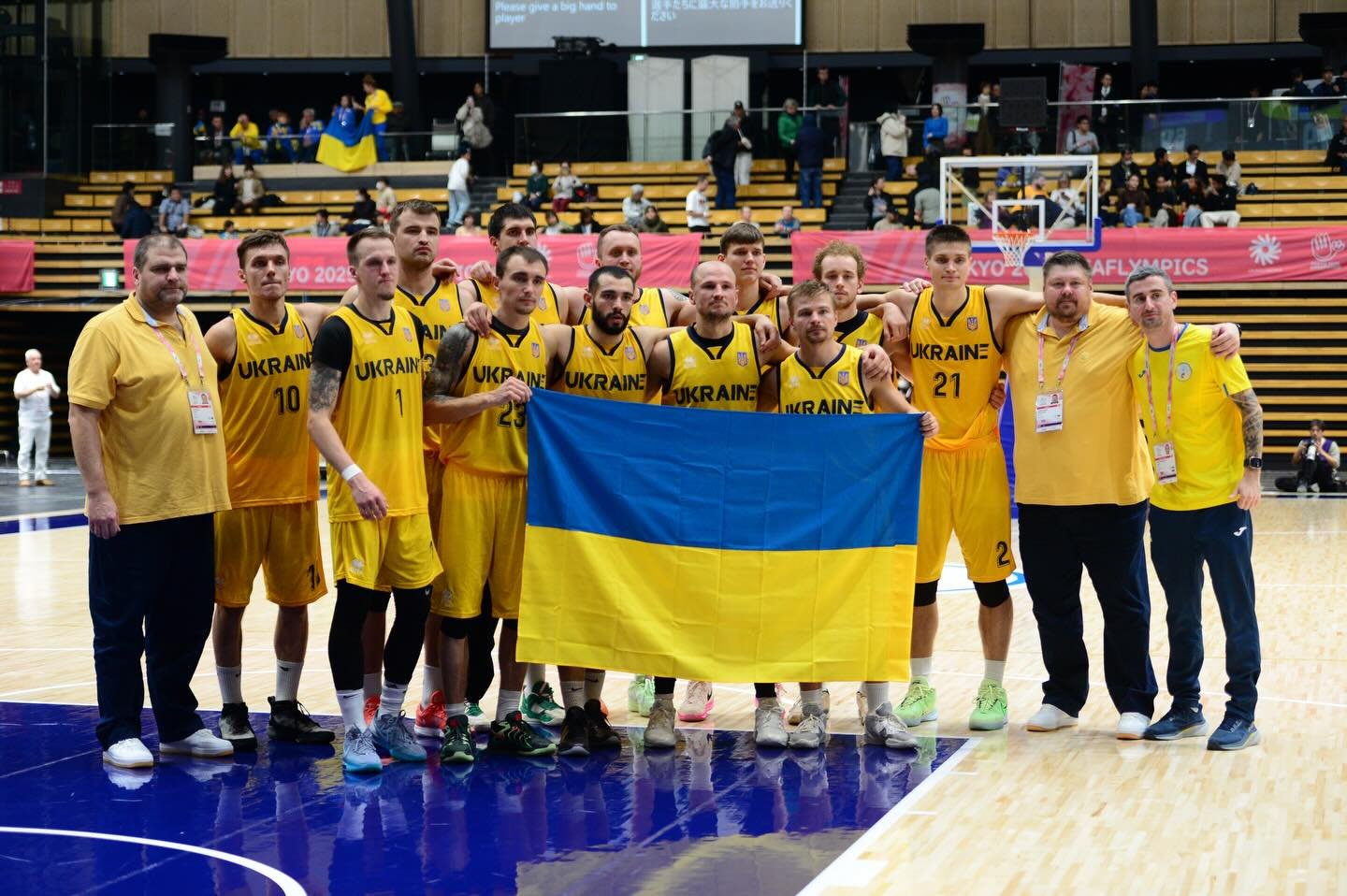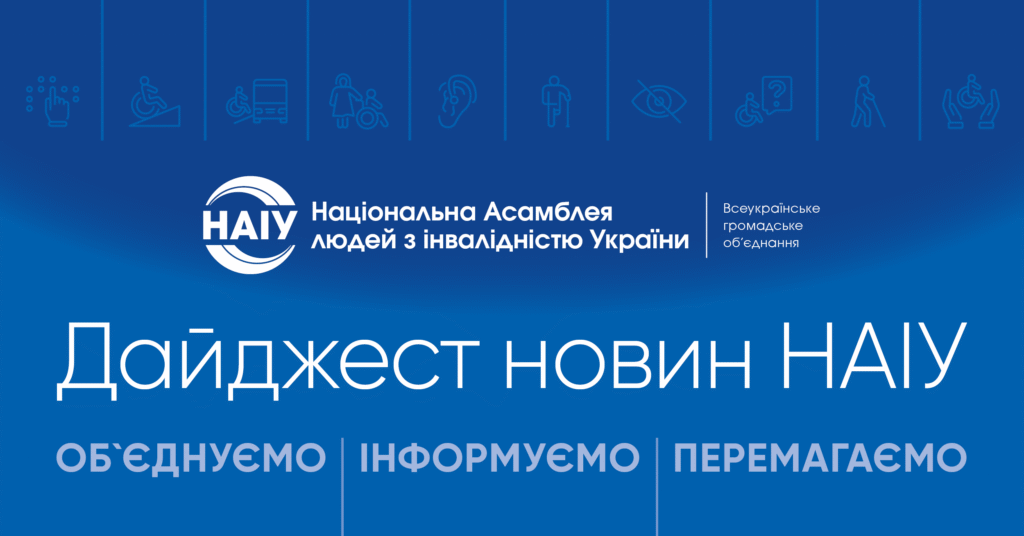Гуманітарна допомога для людей з інвалідністю , людей похилого віку є важливою складовою загальної системи підтримки під час криз, конфліктів та природних катастроф. Вона ґрунтується на принципах доступності, інклюзивності та рівності.
Часто люди з інвалідністю, люди похилого віку стикаються з додатковими бар’єрами у доступі до життєво необхідних ресурсів, таких як продукти харчування, вода, медична допомога та житло. Забезпечення їхніх потреб є ключовим завданням гуманітарних організацій.
Під час війни в Україні, в регіонах люди з інвалідністю, люди похилого віку часто не мають доступу до базових послуг та живуть за межею бідності. Їхні пенсії становлять 50-70 доларів на місяць, що унеможливлює покриття навіть базових потреб.
Сьогодні більшість маленьких сіл не забезпечені безбар’єрним доступом до громадських місць, соціальних та медичних послуг, транспорту та ін. Відсутність системного вивчення потреб людей з інвалідністю та оцінки їхнього доступу до гуманітарної допомоги залишає їх “на узбіччі” гуманітарного реагування.
Надаючи екстрено-кризову підтримку жінкам та чоловікам з інвалідністю, внутрішньо переміщеним особам, людям похилого віку та сім’ям, які виховують дітей з інвалідністю у асамблеї людей з Інвалідністю України зіткнулись з низьким рівнем поінформованості людей про їхні права, можливості доступу до гуманітарної підтримки та механізми реагування під час війни.
Однією з основних проблем гуманітарної допомоги є відсутність належної координації між організаціями, адже більшість із них зосереджує свою діяльність в обласних центрах, не охоплюючи віддалені сільські громади. Інфраструктура також залишається недостатньо адаптованою: укриття, центри допомоги та транспорт часто не враховують потреб людей з інвалідністю, людец похилого віку, сімей, які виховують дітей з інвалідністю . “Брак достовірної інформації та статистичних даних довгий час ускладнював оцінку ситуації, але завдяки проєкту сьогодні пілотні громади мають реальну “ картину “ щодо кількість людей з інвалідністю, людей похилого віку, сімей , які виховують дітей та молодь з інвалідністю, ветеранів; медичних, соціальних та медичних послуг які можуть отримувати жителі громади; наявність доступних просторів; транспорту; потребу у фахівцях та ін” – зауважує координаторка проекту Лариса Байда.
Окремим викликом є обмеженість ресурсів, оскільки держава нині не може інвестувати значні кошти в гуманітарну політику через першочергові потреби фронту. Тож міжнародним партнерам та донорам, для покращення гуманітарної допомоги необхідно забезпечити сталість і системність підтримки.
“Реалізуючи проєкт, ми зрозуміли, що забезпечення першочергових потреб людей буде завжди під час війни і кількість таких людей збільшуватиметься. Тому 60 % коштів проєкту спрямовується на адресну допомогу вразливим групам. Потрібно спрямовувати гуманітарні ресурси для сталих рішень в громадах , які будуть працювати коли війна закінчиться. В рамках проєкту нам вдалось це зробити , залучивши додаткові ресурси донорів: підготовка фахівців в медичні та соціальній сферах; навчання представників місцевих органів влади; мілкий ремонт та закупівля універсального медичного обладнання для забезпечення якісних медичних послуг для жителів громади, в тому числі вразливих; створення відкритих просторів; підтримка соціальних працівників та працівниць, громадських організацій людей з інвалідністю та створення груп самодопомоги, інше.”
Громадські організації та ініціативи відіграють ключову роль у розвитку громадянського суспільства України, роблячи значний внесок у гуманітарне реагування та відновлення в умовах повномасштабної війни. Діяльність, на чолі з громадами, є різноманітною і має бути націлена на вирішення нагальних потреб. Водночас такі організації та їхня діяльність сприяють соціальній згуртованості та інклюзії, особливо для найуразливіших груп, а також для внутрішньо переміщених людей (ВПО), які намагаються відновити своє життя на новому місці.
Проєкт засвідчив, що при належному підході громади можуть активізуватися та сприяти покращенню життя людей з інвалідністю, людей похилого віку, сімей, які виховують дітей з інвалідністю, надавати пряму допомогу, або створювати простори, де люди можуть об’єднуватись заради необхідної підтримки.
Сьогодні важливо, щоб міжнародні донори приймали довгострокові рішення щодо гуманітарної допомоги Україні,які базуються на достовірних даних та ситуації в Україні, а гуманітарні організації забезпечували сталість допомоги та реагували на потреби населення, залучаючи на всіх її етапах організації людей з інвалідністю
Співпраця між урядом, громадськими організаціями людей з інвалідністю та міжнародними партнерами має бути системною та спрямованою на розбудову доступної, інклюзивної гуманітарної політики.
Олександра Перькова, комунікаційна менеджерка
Міжнародний проєкт «Мультисекторальна гуманітарна допомога з урахуванням інвалідності для внутрішньо переміщених осіб (ВПО), репатріантів, ветеранів та приймаючих громад в Україні»/
Sustainability and Systematic Approach – Key Components of Humanitarian Policy
Humanitarian aid for people with disabilities and the elderly is a crucial element of the overall support system during crises, conflicts, and natural disasters. It is based on the principles of accessibility, inclusivity, and equality.
People with disabilities and the elderly often face additional barriers in accessing essential resources such as food, water, medical care, and shelter. Meeting their needs is a key priority for humanitarian organizations.
During the war in Ukraine, many people with disabilities and elderly individuals in affected regions lack access to basic services and live below the poverty line. Their pensions range from $50 to $70 per month, making it impossible to cover even their most basic needs.
Currently, most small villages lack barrier-free access to public spaces, social and medical services, transportation, and more. The absence of a systematic assessment of the needs of people with disabilities and their access to humanitarian aid leaves them “on the sidelines” of humanitarian response efforts.
In providing emergency crisis support to people with disabilities, internally displaced persons (IDPs), the elderly, and families raising children with disabilities, the Assembly of People with Disabilities of Ukraine encountered a low level of awareness among individuals about their rights, access to humanitarian aid, and response mechanisms during the war.
One of the main challenges of humanitarian aid is the lack of proper coordination among organizations. Most of them focus their efforts in regional centers, leaving remote rural communities underserved. Infrastructure remains insufficiently adapted: shelters, aid centers, and transportation often fail to accommodate the needs of people with disabilities, the elderly, and families raising children with disabilities.
“The lack of reliable information and statistical data has long hindered an accurate assessment of the situation. However, thanks to the project, pilot communities now have a clear picture of the number of people with disabilities, elderly individuals, families raising children and youth with disabilities, and veterans. They also have an overview of available medical, social, and healthcare services, accessible spaces, transportation, and the need for specialists,” notes project coordinator Larysa Bayda.
A significant challenge is the limited resources available, as the state is unable to invest substantial funds in humanitarian policy due to the urgent needs of the front line. Therefore, for humanitarian aid to improve, international partners and donors must ensure the sustainability and systematic nature of their support.
“Through the implementation of this project, we realized that addressing the urgent needs of people will always be necessary during wartime, and the number of people requiring assistance will continue to grow. That is why 60% of the project funds are directed toward targeted assistance for vulnerable groups. Humanitarian resources must be allocated to sustainable community solutions that will continue to function after the war ends. Within the project framework, we successfully achieved this by securing additional donor resources for the training of medical and social professionals, education for local government representatives, minor renovations, and the purchase of universal medical equipment to ensure quality healthcare services for community residents, including vulnerable groups. We also created open spaces, supported social workers and organizations for people with disabilities, and established self-help groups, among other initiatives,” the project team stated.
Civil society organizations and grassroots initiatives play a key role in the development of Ukraine’s civil society, making significant contributions to humanitarian response efforts and recovery amid the full-scale war. Community-led activities are diverse and should be focused on addressing urgent needs. At the same time, these organizations foster social cohesion and inclusion, especially for the most vulnerable groups and internally displaced persons trying to rebuild their lives in new locations.
The project has demonstrated that, with the right approach, communities can mobilize to improve the lives of people with disabilities, the elderly, and families raising children with disabilities. They can provide direct assistance or create spaces where people can come together for mutual support.
Today, it is crucial for international donors to make long-term decisions regarding humanitarian aid to Ukraine based on reliable data and the real situation in the country. Humanitarian organizations must ensure sustainable aid efforts and respond to population needs, engaging organizations of people with disabilities at all stages.
Collaboration between the government, organizations of people with disabilities, and international partners must be systematic and aimed at building an accessible and inclusive humanitarian policy.
Oleksandra Perkova, Communications Manager
International Project: “Multisectoral Humanitarian Assistance with a Focus on Disability for Internally Displaced Persons (IDPs), Returnees, Veterans, and Host Communities in Ukraine”


